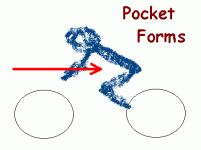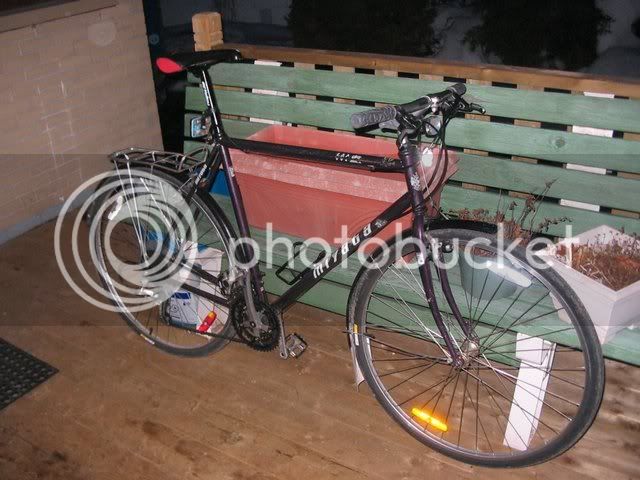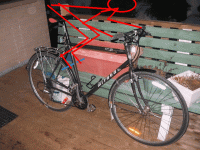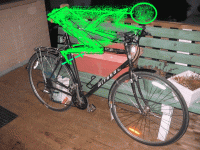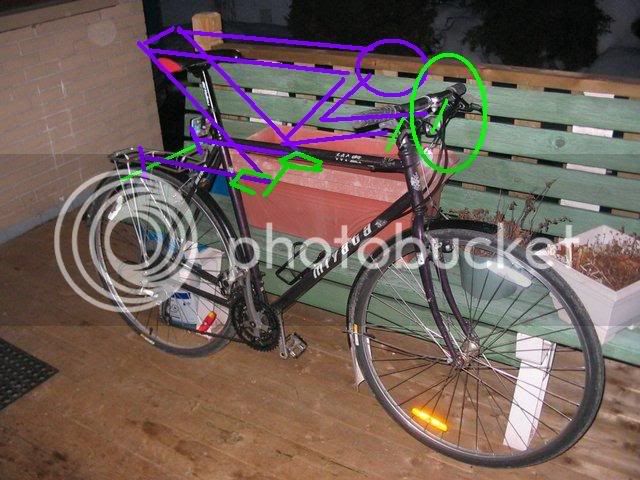A
Anonymous
Guest
The aerodynamics of modern race bikes, like the RS125 above, are horrible. Check out the Cd numbers on them some time.
It's the result of a combination of racing rules and market driven styling. The "dustbin" racers from around 50 years ago were more aerodynamic than modern GP bikes.
Check out some NASA publications on low drag bodies........
It's the result of a combination of racing rules and market driven styling. The "dustbin" racers from around 50 years ago were more aerodynamic than modern GP bikes.
Check out some NASA publications on low drag bodies........



